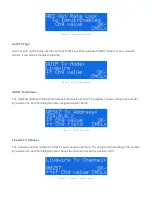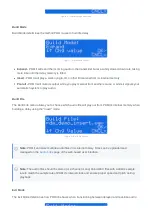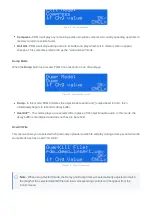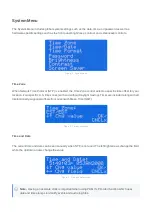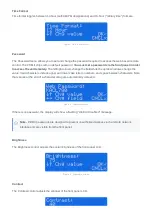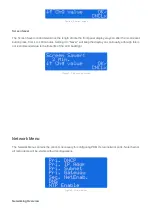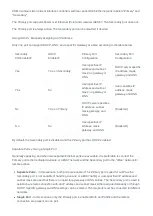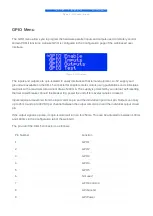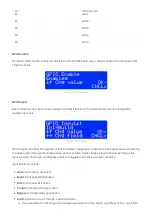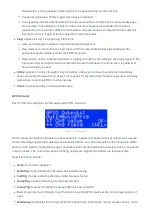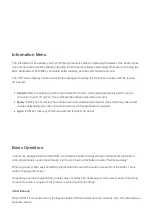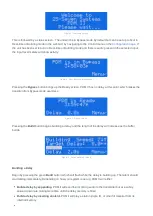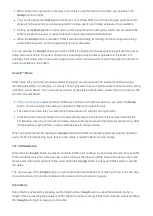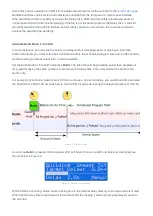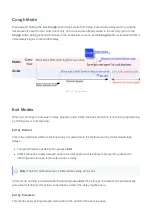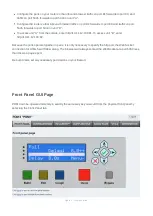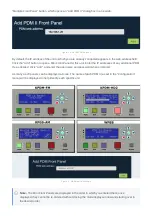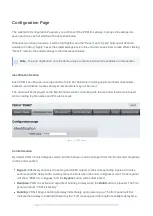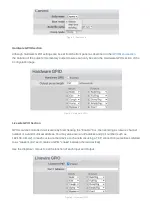
Information Menu
The Information menu allows you to scroll through various screens displaying the status of the audio inputs
and outputs, time and date settings (including the NTP server status), networking information (including the
MAC addresses of both NICs), available buffer memory, and the unit's firmware version.
The NTP Status display shows one of three messages indicating the current connection with the remote
time server:
Search: PMD II is seeking a path to the remote NTP server. If this message persists and the unit is
connected to an NTP server, it may indicate the address entered is not valid.
Query: PDM II has contacted the remote server and calibrating its internal clock which may take a few
minutes depending upon the connection and how much adjustment is required.
Sync: PDM II's clock is synchronized with the remote NTP server.
Basic Operation
In short, the primary function of the PDM II is to create a buffer of delayed audio that ensures profanity or
other objectionable audio doesn't make it to the air. Creating this buffer is called "building a delay."
When a guest or caller says something that shouldn't be aired, the audio is erased from the buffer. This is
called "dumping the delay."
Depending upon the programming, a delay may not always be necessary and so some means of returning
to real-time audio is required. This process is called "exiting the delay."
Initial Boot-up
When PDM II is first powered up, the Bypass button will flash. After about 10 seconds, the LCD will display a
welcome screen:

